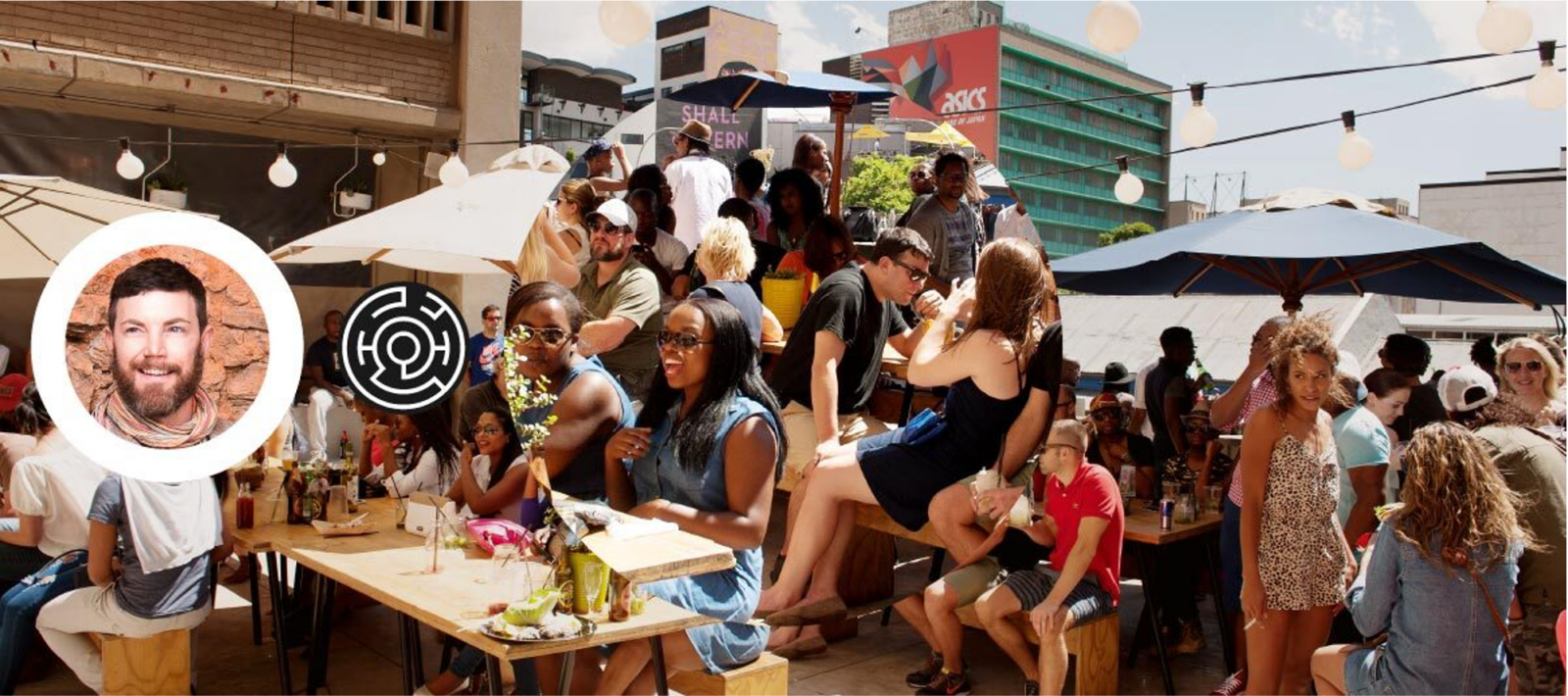The key challenge for brands and businesses launching in South Africa arises from its most beautiful characteristic
South Africa has one of the most diverse societies in the world. Many cultures – Khoikhoi, San, Zulu, Xhosa, Ndebele, Sotho, Tsonga, Venda, European, Indian, Chinese, Cape Malay, and more – combined. There are 11 national dialects, with Zulu, English, Afrikaans and Sesotho being the four key languages spoken. Any brand or business wishing to localise here needs to approach communications in a targeted and regionally specific way.
There’s a tendency to think of the country as ‘segregated’
A legacy of violence means that most affluent people in the country live behind high walls, electric fences, laser trip wires and private security firms. Perhaps influenced by this, and because many people still associate South Africa with apartheid, there can be a tendency to think of the country as very segregated. However, the nation has deeply rooted traditions that celebrate the power of coming together. Social support and human solidarity is embedded in the social fabric of South Africa.
Funerals are typically large-scale events held over a number of days; everyone is welcome. The old African idiom, ‘it takes a village to raise a child,’ is equally applied when observing the passing of a community member. Ubuntu is also worth mentioning here. Connected to the Zulu phrase, ‘Umuntu ngumuntu ngabantu,’ which translates to mean that a person is a person through other people, Ubuntu is a philosophy that embodies the notions of community spirit and active citizenship. Farmers lend support to their neighbours as the need arises – and business and work of all kinds in South Africa is fuelled by collaboration; there’s never any shame in asking for help.
Cultural insensitivity simply not tolerated
The diverse culture of the country, paired with historical sensitivities, makes operating in the country difficult for outside brands if they don’t understand the nuances. South Africans don’t shy away from broaching tough conversations about racial inequality and calling out racism, which is simply not tolerated. Last year (2020), three key retailers – Shoprite, Woolworths and Pick N Pay – immediately delisted TRESemmé hair products after the brand ran a highly insensitive advert that associated African hair with the descriptors, ‘frizzy and dull’ and ‘dry and damaged’. You can read more about this campaign’s failed attempt to localise the brand’s marketing with the South African market in this article written by the BBC, which explains that “Under white-minority rule [Apartheid], the state used the so-called ‘pencil test’ to decide who was black or mixed-race — depending on how easily the pencil moved through the hair.”
Brands and businesses need to get messaging right first time
There is rarely a second chance for brands and businesses that fail to consider the cultural significance of messaging – particularly with respect to race, and especially in South Africa. The scars left by 50 brutal years of apartheid, and several hundred years of colonisation on the African continent, are still very tender. Any business wishing to enter the South African market needs to research its approach carefully, and validate campaign messaging across the multi-cultural backdrop of race, language and religion.

Duncan is an intO Project Lead and an interdisciplinary designer and researcher with specialisms in product, jewellery and visual design. Living in Cape Town, South Africa, Duncan speaks English and Afrikaans.
Brand Strategy Publications Social Change Branding Research




